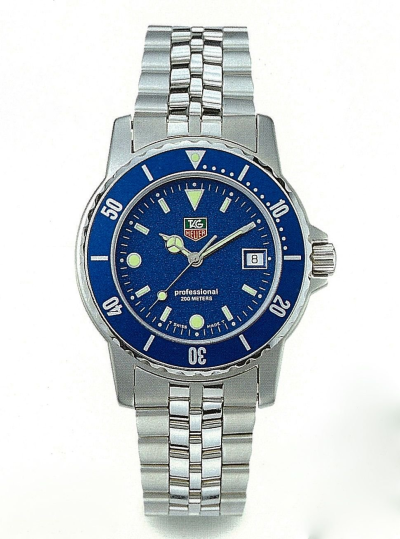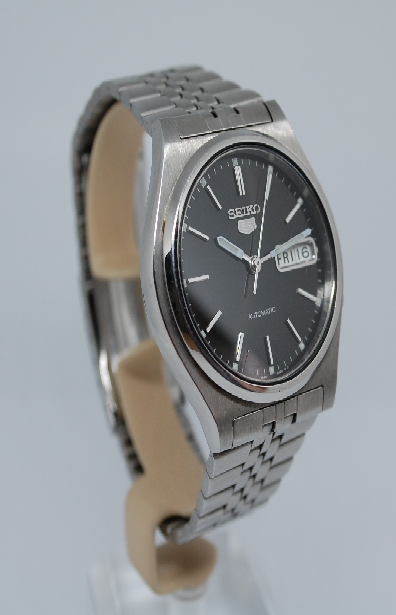- Joined
- May 7, 2007
- Messages
- 19,996
- Car
- Lexus RX450h F-Sport with Takumi Pack 2020
The seals are bidirectional? A dive watch would experience considerable pressure from outside, not from inside, except deep dive watches and those are usually fitted with helium release valves. How do they test those?The only time a Vacuum is used by a Watchmaker is to test for leakage.
The watch goes in, a vacuum is pulled, then if the vacuum fails, then its because AIR is being drawn from the watch/seal.
I've worked on hundreds of Dive watches in my time. I've never worked in a Vacuum!
New to me?
Genuinely curious, as I have a dive watch with such a release valve. Breitling takes an age, servicing, testing and certifying




